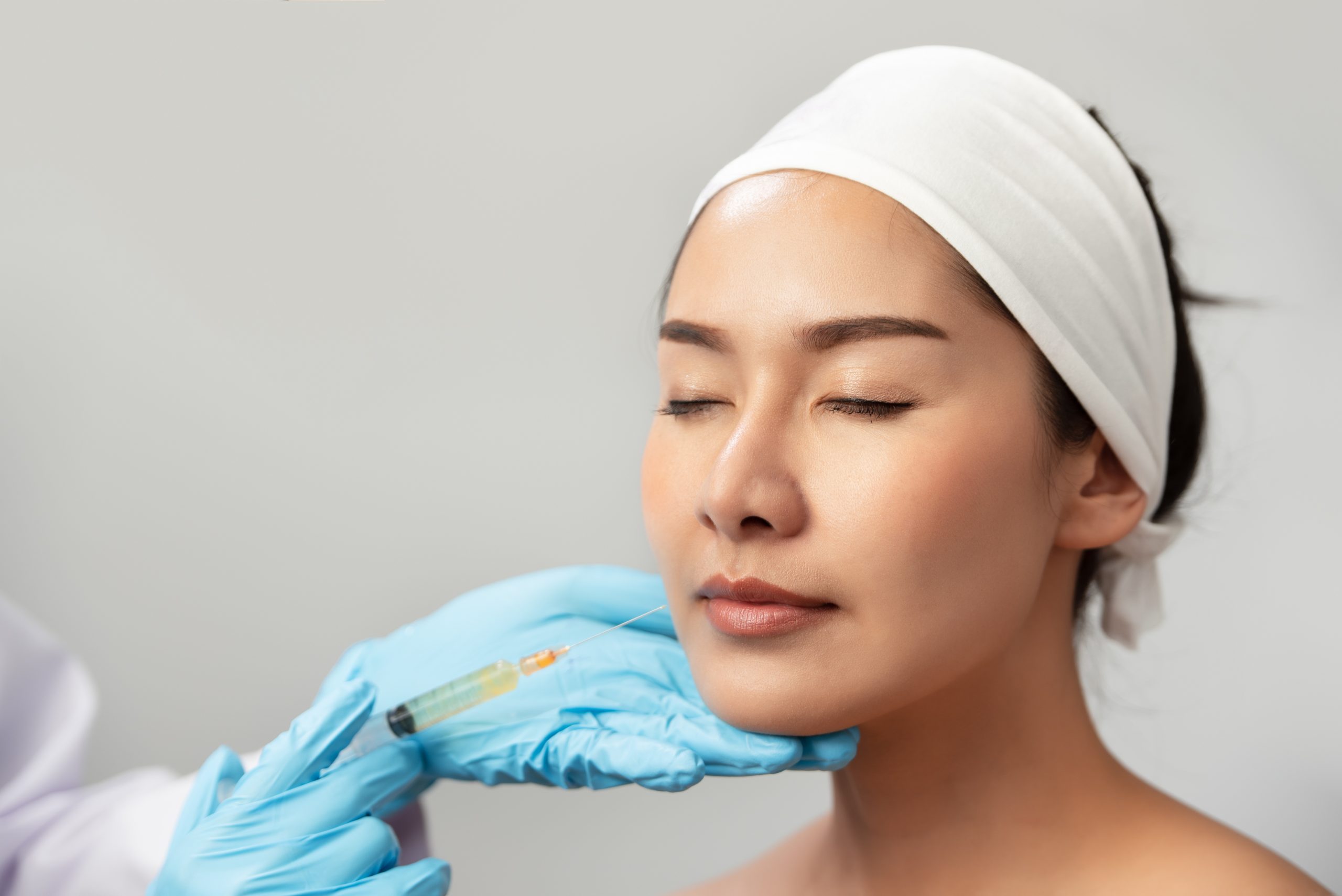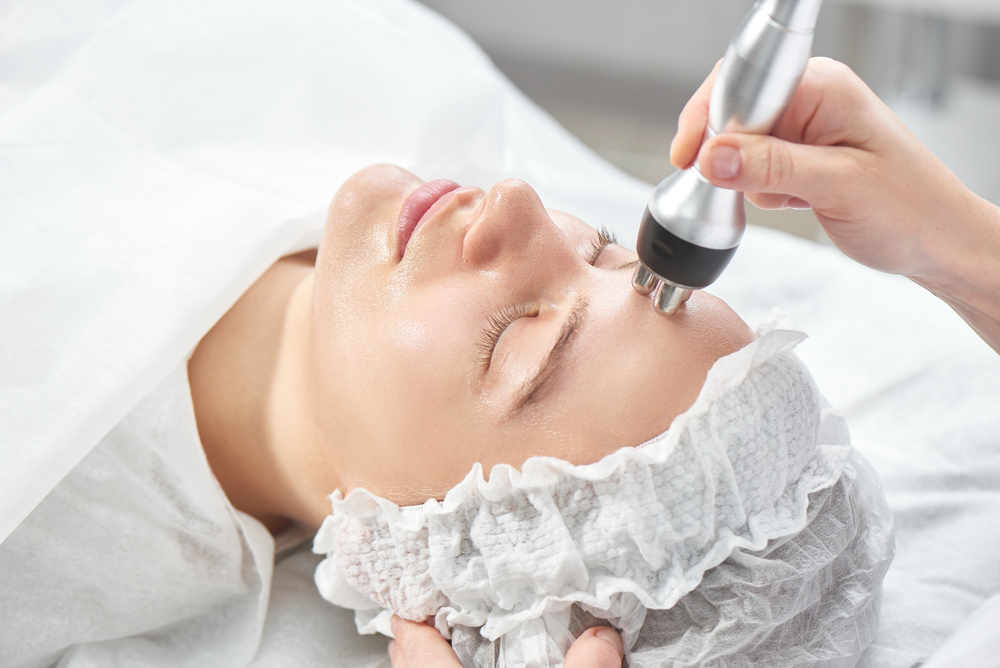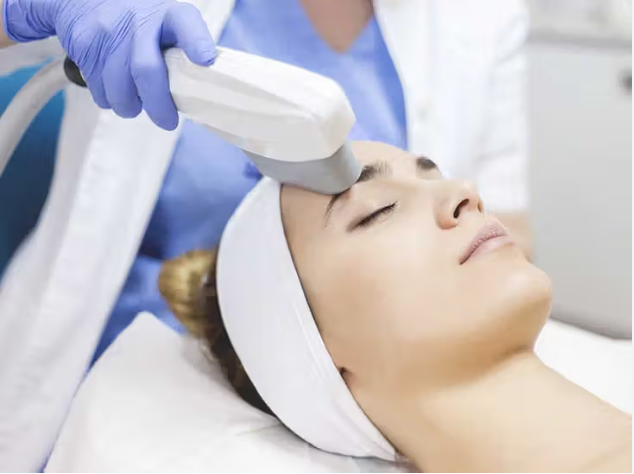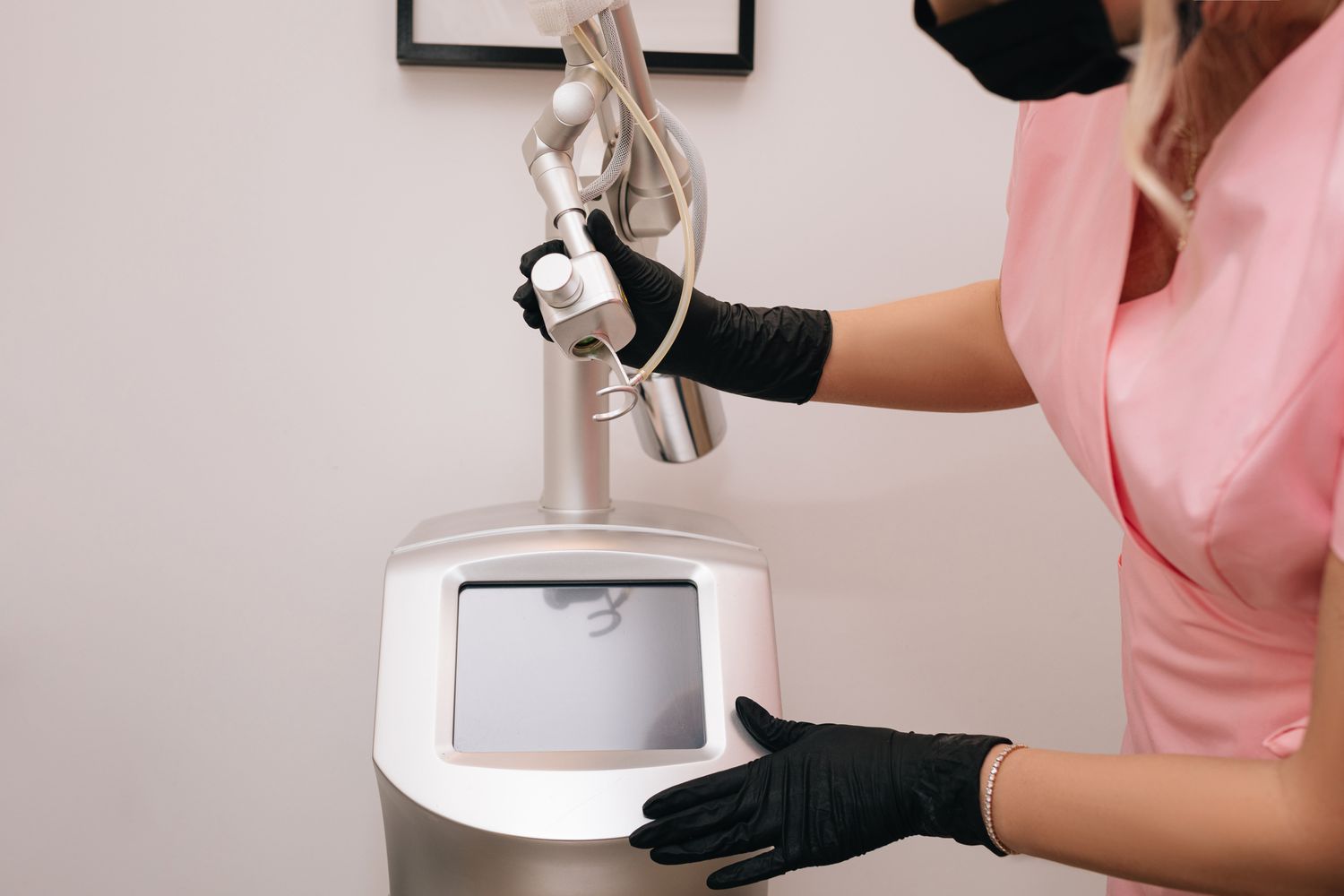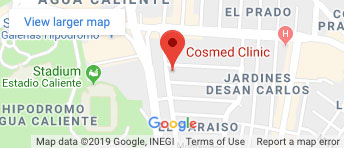Understanding Facial Aesthetic Analysis: A Step-by-Step Guide
Facial aesthetic analysis is a central aspect of cosmetic procedures, helping as the foundation for achieving natural and harmonious results. This evaluation process goes beyond just looking at the surface beauty. It examines the details of individual features to create enhancements that complement the unique characteristics of each face.
Think of facial aesthetic analysis as the personal stylist for cosmetic treatments. It helps understand what each person wants and needs, guiding them in customizing procedures to suit individual preferences. But it goes beyond the physical changes – it’s also about boosting how people feel about themselves, helping them build confidence and a positive self-image through aesthetic transformations.
As stated by Aesthetic Surgery Journal the “Consideration of the individual patient’s appearance based on systematic mapping and a three-dimensional evaluation of the four levels of facial structure (bone, muscle, fat, and skin) will help the clinician choose the most appropriate modalities for facial rejuvenation.”
Key Components of Facial Aesthetic Analysis
Spotting the Main Facial Features:
Analyzing facial aesthetics involves taking a close look at essential facial elements like the eyes, nose, lips, chin, and jawline. Each feature is carefully evaluated, understanding its unique qualities and exploring possibilities for enhancement. This process helps to tailor the approach to bring out the best in every person’s natural beauty.
Evaluating Proportions, Symmetry, and Harmony:
Examining the details of facial aesthetics involves looking closely at Proportions, Symmetry, and Harmony. These three factors play a crucial role in guiding the analysis. Professionals evaluate how these elements interact to ensure that any adjustments maintain balance and coherence within the overall facial structure. This approach guarantees results that are both aesthetically pleasing and naturally proportionate, harmonizing seamlessly with an individual’s unique features.
Professionals begin with a detailed assessment of facial elements, considering proportions, symmetry, and harmony as guiding principles. Each feature is examined to understand its inherent qualities, and patient consultations ensure personalized goals are addressed. Advanced technology and imaging tools may be used to visualize potential outcomes. The process is a collaborative effort, combining the expertise of professionals with individual preferences. The result is a carefully planned enhancement that not only improves aesthetics but also maintains natural harmony in the overall facial structure, emphasizing the importance of both art and science in achieving optimal results.
First of all we need the patient’s personal information; their name, age and then we start the evaluation. The 5 areas to evaluate are: skin, facial proportion, facial contour, facial symmetry and facial expression and dynamics. From that moment we start to apply scales, which have already been evaluated, to analyze each of the 5 previous areas.
We diagnose the condition of your skin, for this we also use a device we have called Vectra 3D, which allows us to evaluate the degree of damage in terms of pigmentation and other vascularization diseases, such as rosacea.
Afterwards, having this diagnosis, we make a proposal and treatment suggestions in each of the areas that were evaluated. At the same time, the patient is given a guide with a schedule of when this type of procedure can be done or how many sessions will be required for each one. States Dr. Natalie
Tools and Techniques Used
Tools, Technologies, and Methods
When it comes to evaluating facial aesthetics, professionals use a diverse range of tools, technologies, and methods to ensure a meticulous analysis. They blend traditional measurement techniques with cutting-edge software, creating a wide range of tools to examine facial features. Traditional methods involve manual measurements, considering aspects like the distance between the eyes, nose shape, and lip proportions.
Improvements in Facial Recognitions Technology and 3D Imaging
This hands-on approach is complemented by advanced technologies, including facial mapping software and 3D imaging. These tools provide a more in-depth understanding of facial structures and aid in visualizing potential enhancements. By combining time-tested techniques with state-of-the-art technology, professionals can offer a thorough and precise facial aesthetic analysis, laying the groundwork for personalized enhancement plans that align with an individual’s unique features and desired outcomes.
Understanding Facial Proportions
- The golden ratios are math rules used to describe the ideal way facial features should be arranged for beauty. These rules help figure out the best relationships between different parts of the face.
- When a face follows these golden ratios, it often looks balanced and attractive. But these rules can change depending on different parts of the face and from person to person. It’s important to remember that everyone’s face is unique, and what looks good can vary for each individual.

